Magnolia Plantation and Gardens
June 17, 2015
We drove to Charleston on June 16 and spent the day at Magnolia Plantation and Gardens on Wednesday, June 17. The plantation was founded in 1676 by the Drayton Family and that family has been involved in its entire history, spanning at least a dozen generations.
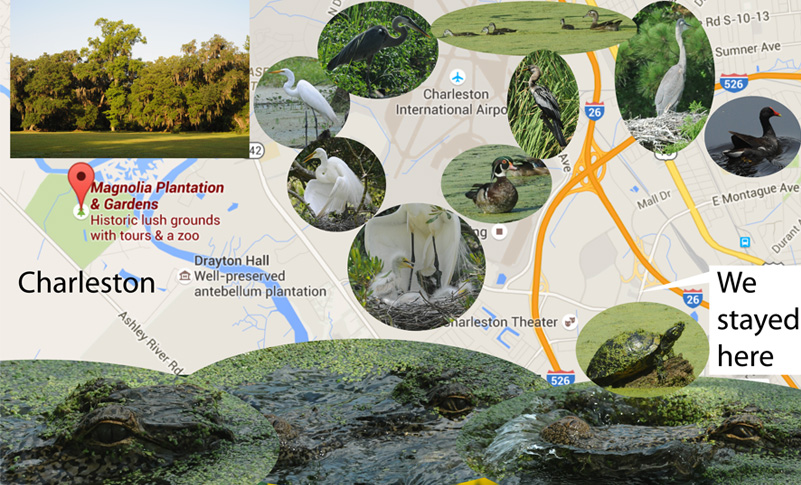
Click for detail
We drove the 10 miles or so from our motel to the Magnolia Plantation on the north side of Charleston. We arrived at opening time, 7:30am, and enjoyed the morning sun on the meadow and Spanish moss-hung trees. There was an abundance of brightly blooming flowers. 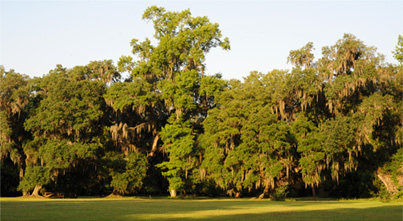 We bought our tickets and consulted the map of this plantation along the Ashley River. | 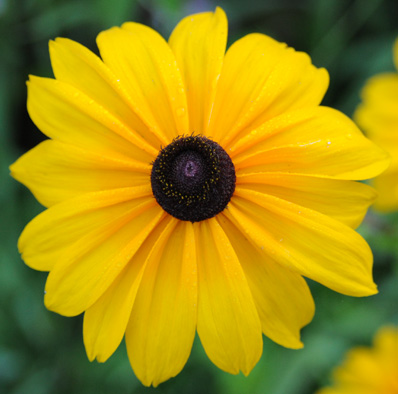 |
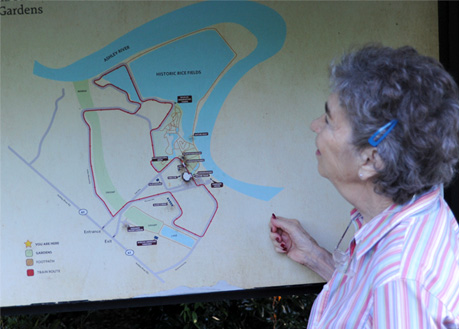 On the map was a red line around the perimeter which represented the tram ride around the property. Then there was a maze of brown lines which represented the walking paths, so we started off with that. |  |
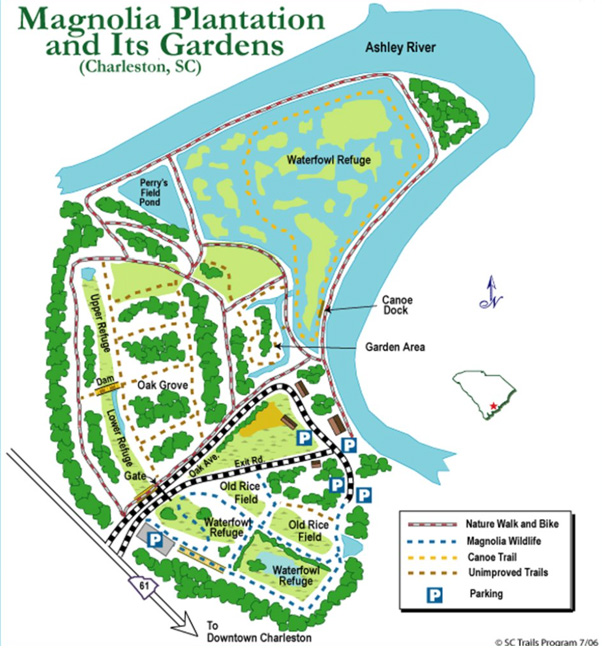 | This shows the general layout of the plantation, positioned in a bend of the Ashley River north of Charleston. Our Nature Train Tour took us around almost all of the outer perimeter of the property. After that we took the house tour and the tour of the slave quarters.Then we took the Nature Boat tour of one of the old rice fields. Our last tour was of the Magnolia Swamp. |
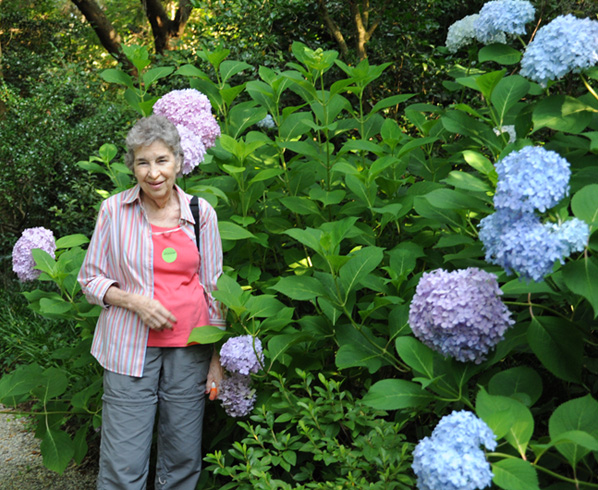 | The azaleas and gardenias for which the gardens are famous were long gone, but there were lots of hydrangeas and they had filled in with colorful annuals. 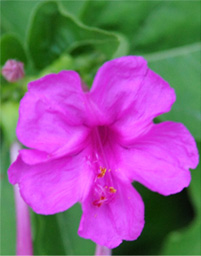 On the tours we heard that this was one of the first gardens that used azaleas, and that gardenias were actually named for a Mr. Garden of Charleston. |

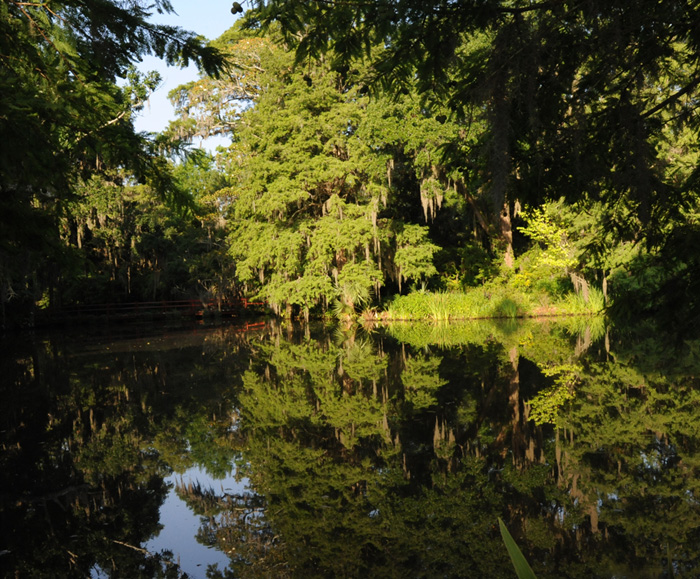 | The combination of the green trees hung with moss and the reflections on the water were the most dramatic things to me on this garden walk. |
It's hard for me to resist a dragonfly on a flower, and this one was so cooperative! |  |
 The paths on which we were walking were quite historic! We later found out that these steps leading to the water dated to about 1670 when South Carolina was a colony. This was the location of the original dock. Just north of here we explored the locations of rice fields that had been a source of wealth to the area in the late 1600s. |  |
| To Nature Train Tour |
2015